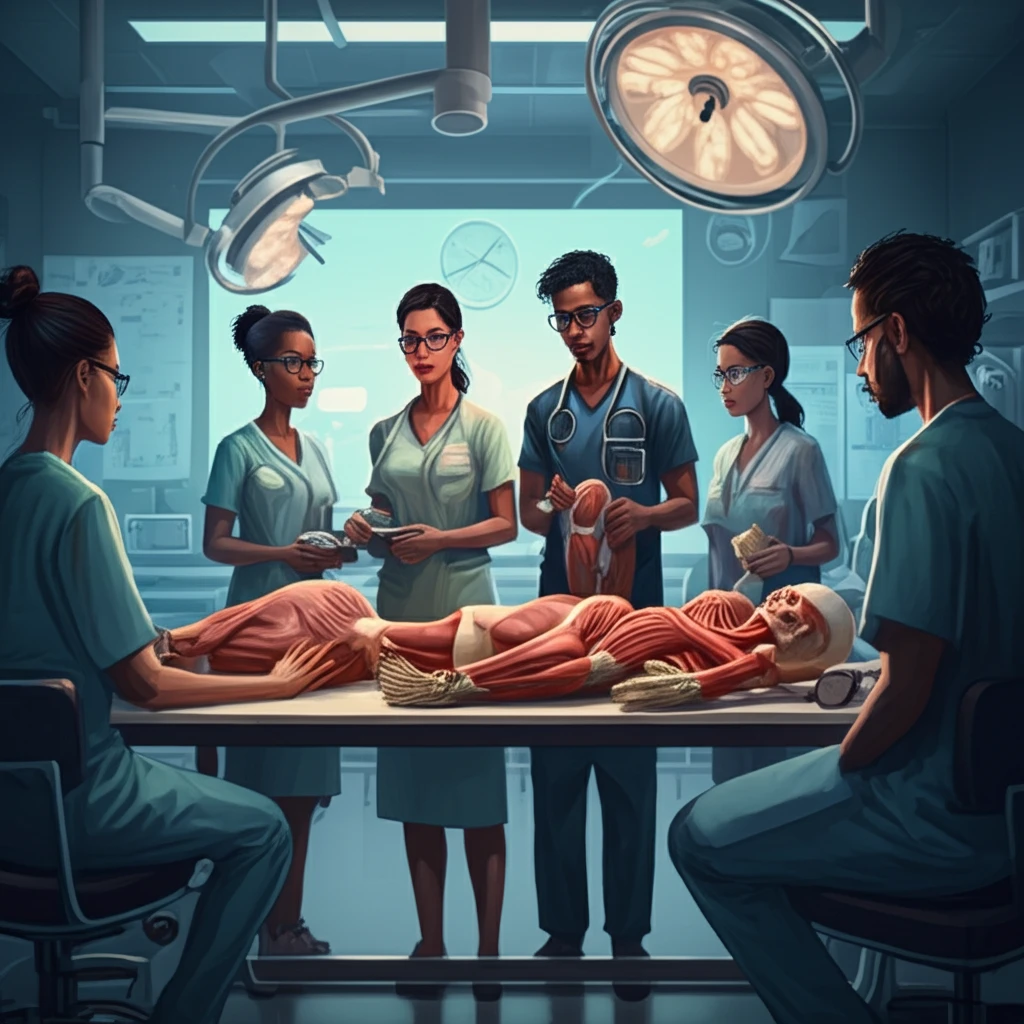
Ace Your Anatomy: How Senior Medical Students Can Master Surgical Skills with Trainee-Led Courses
"Unlock surgical excellence with clinical anatomy courses designed by surgical trainees. Enhance your medical education and improve patient outcomes."
Anatomy has always been the foundation of medical education, serving as the cornerstone for aspiring healthcare professionals. However, the way anatomy is taught is changing, particularly in the UK. These shifts have stirred debate, especially concerning the role of traditional dissection in learning three-dimensional anatomy. With national guidelines and standardized evaluations lacking, the quality of anatomy education varies across medical schools.
These changes stem from an ever-widening modern curriculum and evolving perceptions about the importance of basic sciences. Modern anatomy education now incorporates a range of delivery methods, from dissection and prosection to plastination, surface anatomy, radiology, and virtual simulations. Some institutions have even removed dissection and prosection entirely.
Despite these controversies, anatomy remains a crucial component of medical training. Surgical training demands detailed anatomical knowledge, but achieving this is challenging given the inconsistencies in undergraduate education. Some experts advocate for increasing the anatomy component in membership examinations to address the perceived knowledge gap among new surgeons.
The Surgical Trainee-Led Clinical Anatomy Course

To address these challenges, a clinical anatomy course was designed with three primary goals: to offer a clinically oriented, small-group anatomy experience for senior medical students; to provide surgical trainees with an opportunity to teach anatomy; and to explore various methods of anatomy education delivery. This initiative sought to bridge the gap between theoretical knowledge and practical application, ensuring that medical students are well-prepared for the demands of surgical practice. The course was structured to align with final-year medical students' learning needs.
- Small group sessions to encourage active participation.
- Plastinated prosections for hands-on learning.
- Clinical examination and radiology stations for practical application.
- Junior doctor-led sessions to provide a comfortable and interactive environment.
A Model for Future Medical Education
This clinical anatomy course serves as a valuable model for medical education. By linking clinical training with basic sciences, it prepares students for the practical aspects of surgery. The program's success hinges on several critical components: dedicated facilities, strong senior support, and enthusiastic course leaders. This initiative has proven beneficial for both surgical trainees and senior medical students, providing a foundation for future success in the medical field.
